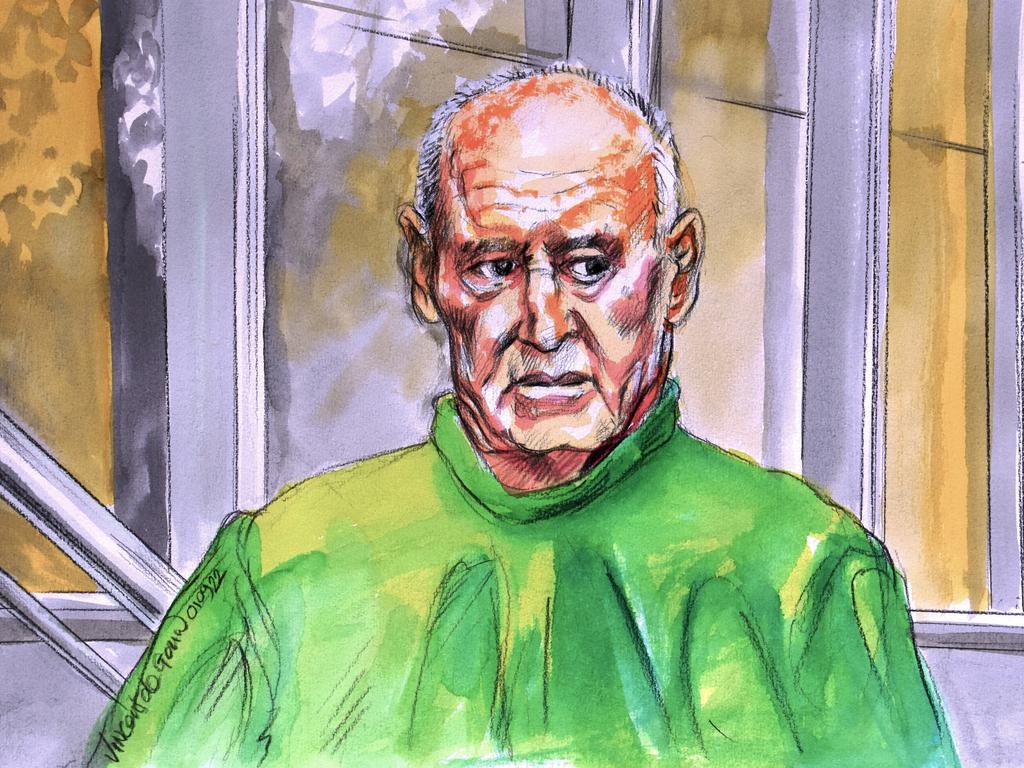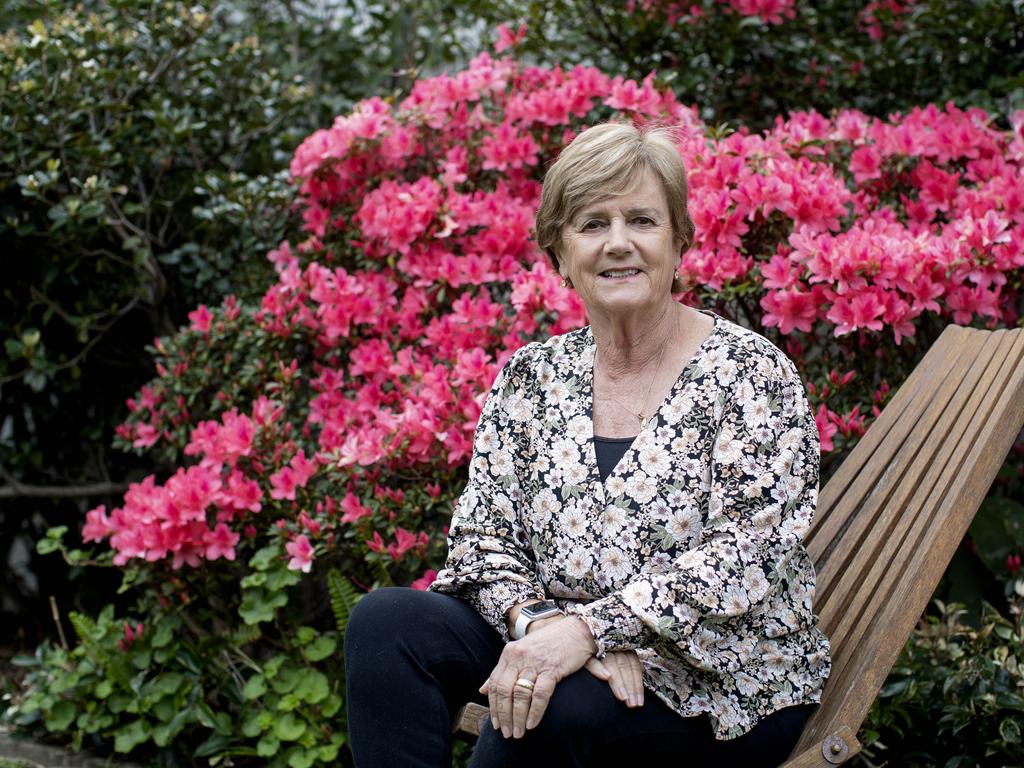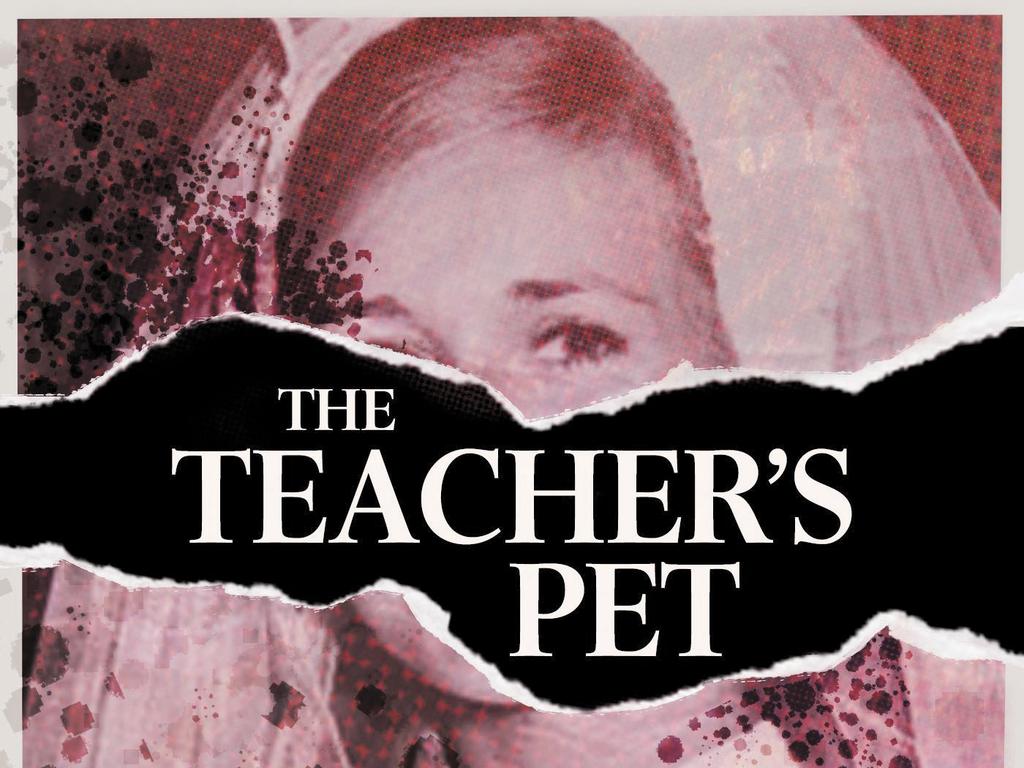The Teacher’s Pet: How good a liar was Chris Dawson really?
For 40 years, he stuck to a highly polished script that somehow evaded serious scrutiny — until the arrival of Damian Loone | LISTEN NOW
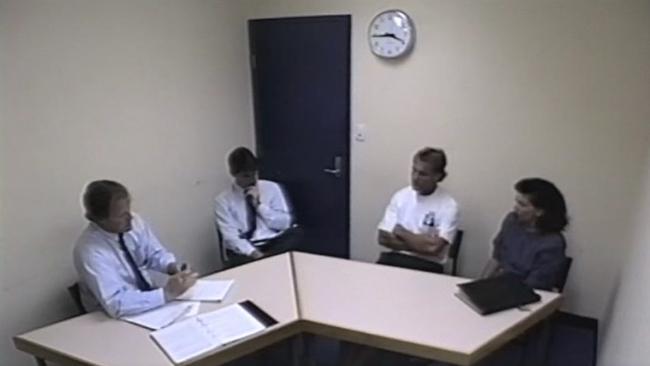
He was a murderer from the beginning, not holding to the truth, for there is no truth in him. When he lies, he speaks his native language, for he is a liar and the father of lies.
– John 8:44
Close to midday last Wednesday, former NSW detective Damian Loone and his wife Rachel checked out of their Sydney CBD hotel, packed their luggage into the boot of their black V8 Holden Commodore, and returned home to Ballina on the NSW far north coast.
Loone had been in Sydney to witness the verdict in the trial of Christopher Michael Dawson, 74, charged with murdering his wife Lynette on or around January 8, 1982.
It was Loone, now retired but formerly based at Dee Why on Sydney’s northern beaches, who had taken up the missing persons case of Lyn Dawson in 1998 after earlier investigations had made scant progress.
And it was Loone who, after Lyn’s minimal police file had been cold for years, kicked off Operation Scriven, an investigation that would lay the groundwork for not just Dawson’s trial but ultimately Tuesday’s verdict of guilty.
THE TEACHER’S PET PODCAST IS BACK: LISTEN NOW
The road to that verdict had taken 40 years, and a tenacious Loone had dedicated much of his career to the case that this week transfixed the nation. It was an investigation that traversed three generations of police officers.
It was also a case that was thrust into the limelight courtesy of journalist Hedley Thomas’s extraordinary podcast The Teacher’s Pet. On the back of Loone’s early work and overlapping a fresh investigation by Detective Senior Constable Daniel Poole of the NSW Police’s unsolved homicide squad from 2015, The Teacher’s Pet created feverish public interest in Lyn’s story.
Chris Dawson subsequently was charged with his wife’s murder on December 5, 2018.
Dawson and his legal counsel pursued every avenue to prevent a trial. In the end, Dawson was granted a “judge alone” trial given speculation that there would be few jurors available in NSW, even Australia, who had not been touched by the phenomenon that was The Teacher’s Pet podcast. (Thomas’s award-winning podcast, having been taken down in Australia for the duration of Dawson’s numerous preliminary hearings and ultimately his trial, is now available – details here.)

During the 10-week trial that started in Supreme Court 9D in early May, Loone endured intense cross-examination by Dawson’s defence counsel, barrister Pauline David.
He was called to the witness stand at 2.36pm on Thursday, June 16, and his testimony spilled into the next day.
There were so many objections by defence counsel David during Loone’s evidence-in-chief that Justice Ian Harrison warned the witness that he might soon be “wearing a path” in the carpet from the witness box to the outside of the court and back.
David implied during her cross-examination that Loone had already made up his mind that Chris Dawson had murdered Lyn.
DAVID: Do you agree that it is important to consider evidence even if it is not consistent with your case theory?
LOONE: Yes.
DAVID: Your case theory … was that Lynette Dawson was dead?
LOONE: Yes.
DAVID: And that Chris Dawson had killed her?
LOONE: Yes.
DAVID: You were incapable of considering any evidence outside of that.
LOONE: I disagree.
DAVID: You put no credence on any suggestion that Mrs Dawson was seen after January 8, 1982?
LOONE: No.
DAVID: So you were incapable of looking beyond your own case theory?
LOONE: No.
Damian and Rachel Loone discussed the Dawson trial and verdict in the car on their drive home from Sydney this week.
He said those conversations drew him back into the past and resurrected even more memories. He had difficulty getting to sleep before 2am since the sensational court hearing.
The Loones booked into a “sleazy” motel in Coffs Harbour to break the drive to Ballina, then headed to the local RSL club for dinner on Wednesday night.
“I was still taking it all in,” Loone said. “It was a nice night in Coffs. We had dinner and I had a few beers. I just relaxed. There was no TV on anywhere. I wasn’t watching anything. That’s when I thought – ‘Wow, what have I just been through?’ It was a whirlwind. It was then that I asked myself about the whole case. Did I do a good job?”
The Loones continued north and arrived home early afternoon on Thursday. When they entered the front door they were greeted with a large sign – put together by Rachel’s sister Catherine Young and niece Jaimee – that simply read: CONGRATULATIONS DAMO.
For Loone, Operation Scriven was finally closed.
There are hundreds of cold case files still open across Australia, but very few with the historical gravity of decades between the committing of an offence and its possible resolution in a court of law.
September 19 will mark the 70th anniversary of the brutal murder of Betty Thomson Shanks, 22, in suburban Brisbane. It remains unsolved. In 2017, two men were found guilty of the murders of young Brisbane mother Barbara McCulkin and her two daughters, Vicki, 13, and Leanne, 11. The trio had vanished in January 1974 – a 43-year-old case had finally been put to bed.
As with the Dawson case, the bodies of the McCulkins have never been found. But there was a crucial difference. The McCulkin murder trials of gangster Vincent O’Dempsey and his co-accused, Garry “Shorty” Dubois, featured witnesses who had heard the killers actually implicate themselves in the murders down the years.
The Dawson trial had no body and no such witnesses. As Justice Harrison pointed out during his verdict this week, it was a “wholly circumstantial” case.
What this case did have, though, was a simple and precise version of events from Christopher Dawson himself. A short and sweet raft of facts that Dawson never deviated from in 40 years. A highly polished script that somehow evaded serious scrutiny until the arrival of Loone, 16 years after Lynette Dawson, as we now know, was murdered.
And that script, according to Dawson, was this.
On the afternoon of Friday, January 8, 1982, Chris and Lyn had gone to a marriage counsellor to try to sort out their marital problems, which had included Dawson’s lover, the schoolgirl JC, coming briefly to live in the Dawson family home at Bayview a few months earlier.
After the counselling session Lyn was upbeat and positive about the future. And that night, according to Chris, Lyn had been upset after a minor altercation with her two-year-old daughter.
The next morning, Saturday, January 9, Chris dropped Lyn off at the bus stop at Mona Vale at 7am so she could go shopping, and then went to his part-time job as a lifesaver at the Northbridge Baths.
There he and the children were joined by Lyn’s mother, Helena Simms, and one of Dawson’s good friends, Phil Day. Lyn was expected to meet them at the baths after midday.
Early that afternoon, Dawson said he received an STD phone call at the baths from Lyn, who said she had gone away with friends to the NSW Central Coast and needed some time out to think about their relationship. Then she rang again a number of times over the coming weeks to say she still needed more time and that she was OK.
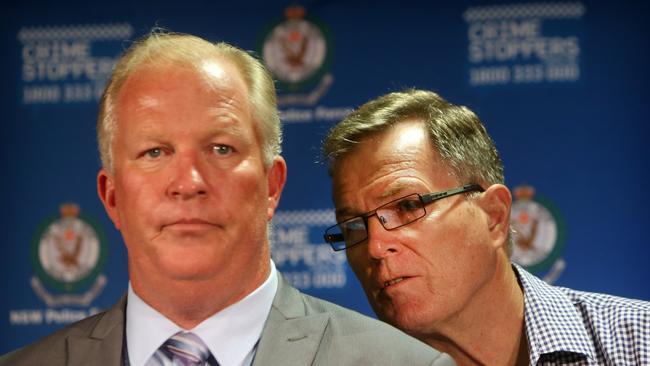
And then she vanished into thin air, although in the months and years that followed Dawson said there had been several sightings of his wife in various locations throughout Sydney and beyond. All of those sightings were made by Dawson family members or friends. Lyn’s family, the Simmses, never experienced a single sighting, nor did they ever receive a phone call or letter from Lyn.
Dawson repeated his little suite of facts during his first and last formal police interview in January 1991, and in many hours of police intercept phone calls with his brother Paul and others down the years.
But how good a liar was he?
“Well, it was minimal, his story was minimal,” reflected Loone. “He was careful as to what to say and kept along the same phrasing. That he was at the pool. He received a phone call that Lyn was having some time away.
“And then allegedly some time a week or so later and she called again and said, I need some more time away. Then suddenly, according to Chris, after about six weeks the phone calls stopped. And no one ever spoke to her or saw her again.
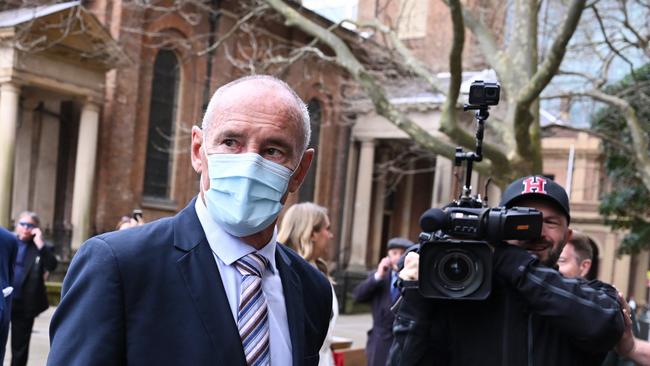
“I’m a big believer that when you tell a lie and you stick to your story, you ingrain that lie and you tell the same story and you actually believe it yourself.
“I think that people can tell a white lie they’ve had all their lives, never deviate from that story, and in the end convince themselves that it actually did happen.
“Dawson’s lies were … very short phrases. Just a few words, not something that was 10 sentences long. I spoke to someone at this particular time of this particular day at that particular place when we discussed this particular issue with me over this particular incident. Short and sharp. Something that’s really easy to remember.
“His story was polished. Really polished. Presentable. If you polish something enough you can sell the story.”
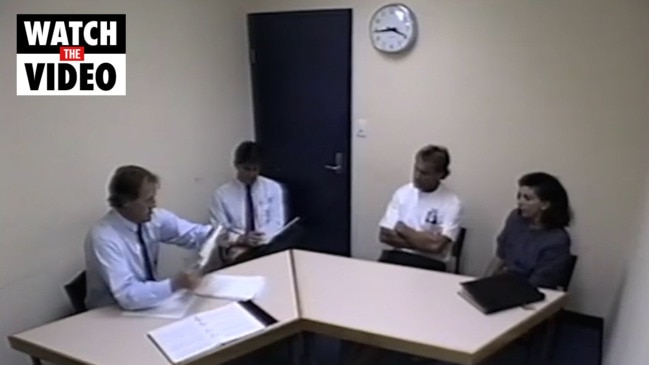
About an hour before Justice Harrison entered Court 13A to deliver his verdict last Tuesday, Camp Dawson – including brothers Chris, Paul and Peter, and respective wives, partners, children, friends and supporters – assembled in a large space on the western side of the courtroom entrance and waited for the doors to open at 9.30am.
To the casual observer, they appeared unruffled. There were smiles. One of Dawson’s supporters wore a pink blouse, even though many of the members of the public also waiting to hear the verdict were dressed in items of pink in recognition of Lyn’s favourite colour.
Just before 10am, Dawson went into the courtroom and took a seat on the far left side of the rear bar table – an almost identical geographical position to the one he had occupied downstairs in Court 9D for the duration of his trial.
His ability to sit as still as a stone during the trial was largely on display during the verdict, although he shook his head mildly in response to some of Justice Harrison’s reasonings.
But there was one glaring, telltale indication of Dawson’s physical and mental state during the almost five-hour verdict hearing that he simply could not hide.
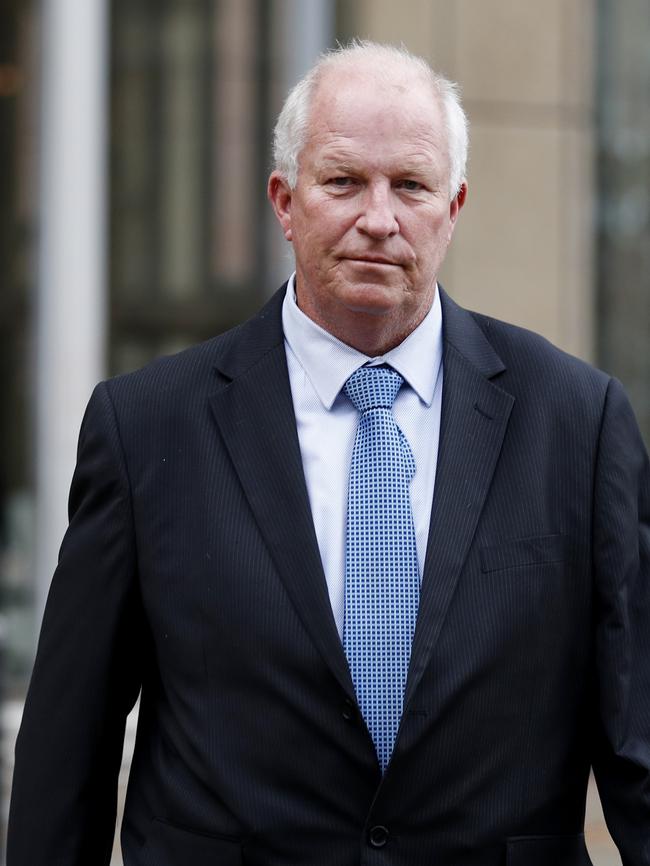
During many sections of Justice Harrison’s monologue, Dawson’s blood pressure soared. His shaved head and neck became glaringly red. Loone, who was sitting not far from Dawson, noticed it. “I could see he had a glowing red neck,” Loone said. “It’s one of the outstanding things I can see because I was sitting behind him and I didn’t see the facial expressions. But his body language told a lot, too.
“He slumped, his shoulders came forward as if, you know, like if you sit down and go, I’m done here, I’m buggered. You know how you sit down after a long day in your chair, your favourite chair at home and you go, bloody hell, that’s better, I’m bloody buggered and your body just slumps.
“Body language has played a big part in my career as an investigator because I also look for not only the verbal sounds but the body language as well. When people lie to you, they do a certain thing. Some people have traits where they click their fingers or they’re nervous or they sweat.
“That’s the telling aspect.”
But it was Justice Harrison’s dismantling of the Dawson story, the confected and buff little collection of lies the accused had peddled for more than half of his life, that gave this moment the lustre of a Shakespearean tragedy.
As the judge addressed each of the lies – that Dawson had downplayed his interest in JC the babysitter when in fact he was fatally obsessed with her; that he was optimistic about a future with Lyn despite their recent difficulties; that Lyn had voluntarily walked out on the marriage because she was having some sort of nervous breakdown; and that she had phoned her husband after she’d vanished – a sense of doom permeated Court 13A.
There was a visceral sense that Justice Harrison was systematically detonating the walls of lies that had protected Dawson for four decades. Until, in the end, the former schoolteacher was left fully exposed and defenceless on a stage of his own making.

In those final 10 minutes only, a verdict of guilty emerged as inevitable.
“The lies were disintegrated by the truth,” said Loone. “And it left him alone and abandoned in that chair behind his solicitor.”
Back in Ballina, home to the Big Prawn, Loone said it would take some time to process this past week.
“Bloody hell, I’m glad we’re home,” he said.
“But this is all about Lyn’s family. Kudos and congratulations should go to Dan Poole and his team at the unsolved homicide squad, they’re the real unsung heroes here.
“They put it together in the end when it was taken from me. They got it before the court and they got a verdict. We are a team. I played a role in that, yes, I did, but they got it over the line at the end of the day.”
He carried a powerful memory from the court after the verdict was delivered.
“Merilyn and Greg Simms, and the kids, they were smiling for once,” he said. “We’re going to try and push for Lyn’s Law, you know – no body, no parole. I’d love to see that get up and running.
“But to see Lyn’s family happy and at ease – I thought: if I helped put this family at ease today, then I’ve done my job.”


